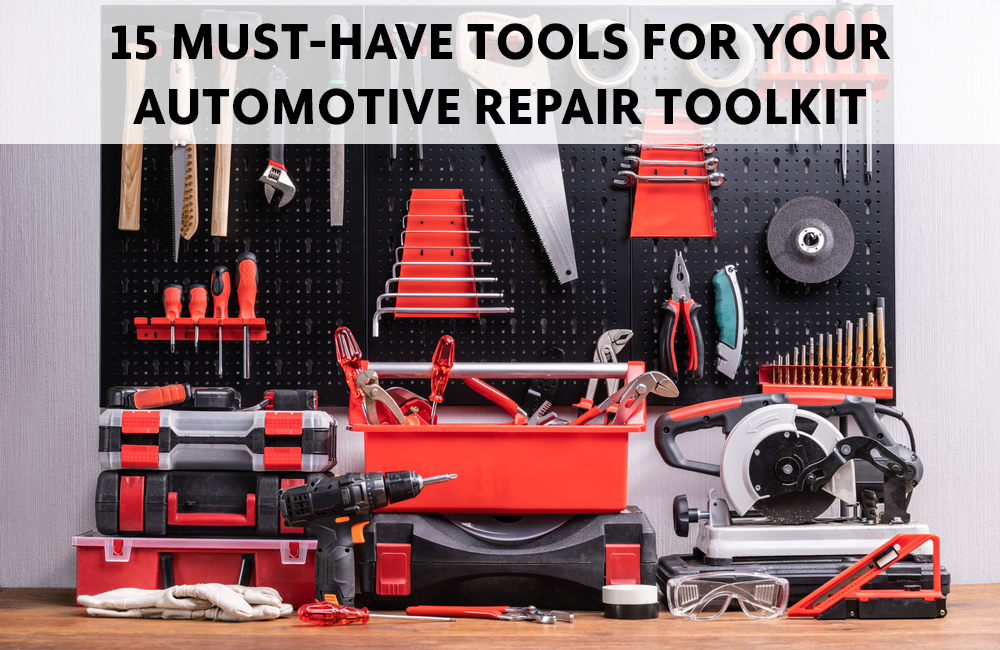Drilling is one of the most important elements when it comes to creating precise and accurate holes in different materials. With column drills, you can use different drill bits for various purposes, including tapping threads, making countersinks, or creating honed rods.
And if you're looking for increased versatility and accuracy with your drilling operations, then a CNC drill bit should be part of your toolset. This guide will provide an overview of how to correctly and effectively use CNC drill bits in column drills so that you can get the best results possible without wasting valuable time and resources.
Selecting the Right CNC Drill Bit for Your Project

Here is how you can select the right CNC drill bit for your project:
Understanding the Different Types of CNC Drill Bits
The choice of the right drill bit for your CNC project is essential for its success. CNC drill bits are available in various shapes, sizes, and materials, the stainless steel series, carbide-tipped series, and cobalt HSS series being the most popular ones. Stainless steel drill bits are ideal for softer materials such as aluminum and plastic, while carbide-tipped ones are best-suited for harder materials like steel or titanium. 3
Cobalt HSS drill bits make fast work of drilling hard surfaces. Taking into consideration the material used and job requirements would help you choose the right CNC drill bit to suit your project. With a proper understanding of what type of drill bit works best on specific materials, you can get the job done with ease.
Matching the Right Drill Bit to the Material Being Drilled
One of the most important aspects of successful CNC drilling is making sure that you have chosen the right drill bit for your project. Each material requires its own unique specifications, and selecting a drill bit that is tailored to suit can make or break your project.
When choosing your CNC drill bit, be sure to consider the hardness of the material you'll be drilling, which will dictate how thick or thin it needs to be. Coated drill bits are also essential depending on the material being drilled; materials such as titanium must use a special coating in order to prevent overheating and damage whilst drilling.
Failure to select the correct drill bit for your project could ultimately lead to unnecessary waste and cost in time and money; get it right, and you'll find success with every hole you create!
Setting Up the Column Drill

Following are the ways to set up the column drill:
Mounting the Drill Bit
Setting up a column drill is not difficult, but being precise and accurate is key. After clamping the workpiece securely into the vise, lower the spindle to bring the drill point near the work surface. Stand back and check that it is correctly positioned - you don't want to make a mistake now!
Next, slip a drill chuck onto the nose of the spindle and secure it tightly. Now you can insert your chosen drill bit firmly into its jaws while locking it down with its chuck key. Everything must be placed snugly in place for successful drilling results. Take your time and double-check every step; you are almost ready to begin drilling!
Adjusting the Drill Bit Depth
Setting up the column drill is a relatively straightforward procedure, but when it comes to adjusting the drill bit depth, there are some additional steps you need to take to ensure that your results are accurate and precise.
Before drilling, make sure that the drill bit's tip is aligned with the mark you want to drill by inserting a combination square into the chuck of the drill. Once that's confirmed, use a measuring tape or caliper to measure the length from the point of your mark on its surface down to where the bit enters in order to determine how far you have adjusted your depth.
Once this measurement is taken, adjust as needed using a depth stop and lock ring so that your drill runs at your specified level.
Setting the Drill Speed
When setting up the column drill, it is important to pay close attention to the speed. The desired speed will depend on the material and the size of the bit; larger bits need a slower speed, while smaller bits require higher speeds.
You can adjust the drill speed by twiddling a big knob that's located right at the front of the machine – typically, you'll see this knob colored red or yellow. In order to ensure that you are setting your drill up correctly, make sure to use the lower speeds first and then increase it slowly until you reach the desired velocity.
With this setup, you'll be able to get optimum performance from your column drill every time.
Basic Techniques for Using CNC Drill Bits in Column Drills

Using CNC drill bits in column drills is a great way to assure precision in your drilling projects. To ensure the accuracy of your work, it is important to master basic techniques for using them. This includes properly securing material to minimize movement during the drilling process and accurately aligning the bit with your desired drilling location before beginning.
Moreover, when starting and stopping the drill, do so gradually and adjust speed settings as necessary depending on the material being drilled – for thicker materials, you may wish to set lower speeds to reduce the wear of the bit.
With these techniques in mind, you should be well-equipped to tackle even intricate projects with confidence!
Advanced Techniques for Using CNC Drill Bits in Column Drills

Following are the advanced techniques for using CNC drill bits in column drills:
Peck Drilling
One method of using CNC drill bits in column drills is known as Peck Drilling. This technique is highly beneficial as it helps reduce cycle times while allowing the drilling to be precisely controlled throughout the entire process.
By setting up the machine with custom parameters and pausing intermittently to allow chips to clear, operators can maximize efficiency while controlling vibrations throughout the drilling cycle.
Peck Drilling also eliminates cutting pressure near the bottom of the hole, further improving accuracy and precise control when using CNC drill bits in column drills. Without this advanced technique, drilling with a CNC bit can lead to significant losses of time and accuracy - making Peck Drilling an invaluable technology for anyone looking to get optimal performance from their CNC machines.
Spot Drilling
Spot drilling is an important technique for anyone working with CNC drill bits in a column drill. It is best achieved by slowing down the feed rate to make sure contact is made between the spot and the workpiece.
By minimizing feed depth, you can improve control and accuracy when drilling holes small enough to fit closely-spaced components. You should also use special center drills and spotting drills that are designed to accurately fix two or more pieces together without additional setup so they can be easily machined on one fixture.
Furthermore, be sure to check spindle speeds, alignment of slopes, and positioning of pockets while spot drilling as they will affect the accuracy of the finished product. Mastering some of these advanced techniques using CNC drill bits in a column drill will pay dividends in terms of speed and accuracy throughout your project.
Counterboring
Counterboring is an advanced technique that can be used to create multiple and accurate holes using CNC drill bits in column drills. It is a time-saving method that produces greater accuracy in hole dimensions and improved hole qualities.
Unlike traditional drilling processes, counterboring eliminates the need for repetitively resetting the cutting angle and adds efficiency to the entire process. As the cutting angle of the drill bit remains constant throughout, this helps conserve energy and reduces material wastage significantly.
Counterboring uses a slotting tool or a counterbore cutter as well as specialized CNC drill bits to make larger diameter holes for accommodating fasteners such as bolts and screws, which provide more stability to the final product.
With its capability to produce higher precision parts with accuracy and productivity, counterboring is an ideal choice for most manufacturing applications.
Safety Considerations

Using CNC drill bits in column drills requires taking certain safety considerations very seriously. This includes ensuring that the personal protective equipment (PPE) is always properly used when working with dangerous machineries — such as face shields, hard hats, steel-toe boots, and other necessary items depending on the specific situation.
It's also essential to make sure common mistakes are avoided to reduce the risk of accidents or serious injury — such as ensuring double check locks are always engaged and making sure no personnel is ever located in line with the worktable travel.
Additionally, it's important to have a plan for responding quickly to unexpected emergencies or unusual situations on the job site. By being conscious of these safety considerations when using CNC drill bits in column drills, you can keep your workplace safe and prevent dangerous scenarios from happening.
Conclusion
To summarize, CNC drill bits are essential for achieving precision in column drilling tasks. Through this in-depth guide and thoughtful advice, we hope to have provided you with the information and support needed to properly navigate and utilize your CNC drill bits.



